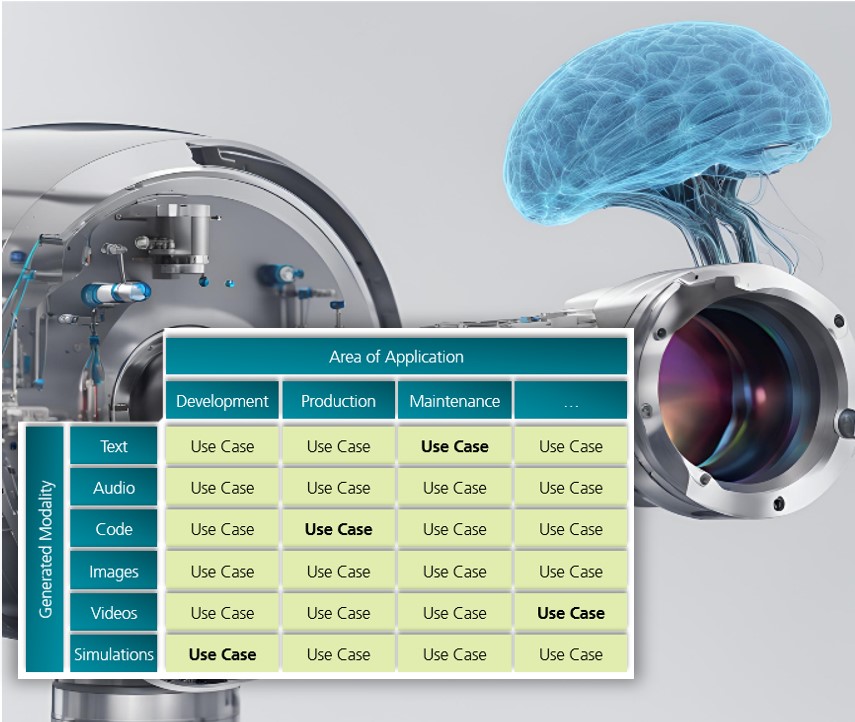The fixed annual contributions of ACOP Industry Partners fund a set of Collaborative R&D Projects, maximizing synergies and pre-competitive benefits. These projects, defined and conducted annually, integrate all partners' specific needs and ensure broad participation. They address both targeted improvements in individual manufacturing processes and overarching advancements in the entire production chain, including digitalization.
Project selection follows the ACOP Roadmap and is decided collectively at the Annual R&D Meeting. This roadmap, continuously updated for mid-term planning, remains proprietary.
Beyond the annual project selection, ACOP actively identifies funding opportunities for strategic topics that exceed the collaborative budget. To maintain independence and flexibility, ACOP can form dedicated sub-consortia for specific funding initiatives, complementing its Partner Community.
































